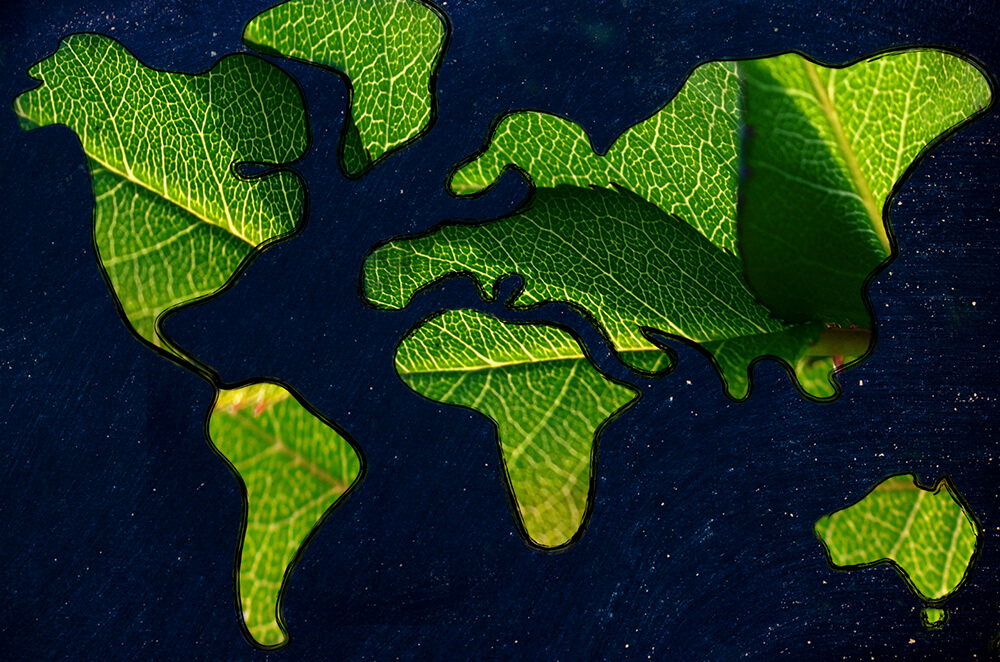
Three amazing green economy initiatives
Fecha: 24/04/2023
This year, Earth Day’s theme is ‘Investing in our Planet’. In other words, putting in the funds to develop projects and solutions that will help us transition from a fossil fuel economy to a green economy.
Countries, NGOs and start-ups from all over the world are already making strides to achieve it. Read on for some of the most interesting green economy initiatives out there already
Energy Island
Belgium has approved the construction of the world’s first artificial energy island. Princess Elisabeth Island will be built from next year in the North Sea, and is expected to be fully operational by 2030. It will act as a hub for electricity transmission, receiving power from the Princess Elisabeth Zone, which is the second Belgian offshore wind zone, as well as from interconnectors with other European countries, such as the UK and Denmark.
The island will be approximately 45 kilometers from the shore and about 6 hectares big, or the equivalent of 12 soccer fields. Offshore wind farms are an important part of Europe’s energy transition plan, which is why the project has received around 100 million euro from the European Commission.
Accelerating towards net-zero
Based in California, United States, Evolectric’s mission is to advance global electrification by enabling and providing products and services that unlock current and new electrification technologies to emerging markets and underserved segments.
For example, the start-up works to transform old trucks destined for scrap into electric vehicles that perform like new and don’t pollute the environment. The process is much less carbon intensive than scrapping an old truck and building a new one, and it’s also cheaper, which means smaller companies can access this top of the line solution.
A solar panel trail in Switzerland
Swiss start-up Sun-Ways, with the help of the federal technology institute of Lausanne, is installing solar panels in Switzerland’s railway tracks. The panels are a meter wide and are rolled out, like a rug, from trains into the empty space between the tracks, according to the company.
If, after a trial period, they could install them in the country’s 5.000 kilometer rail network, the panels could supply 2% of Switzerland’s electricity. Better yet, Sun-Ways believes that 50% of the world’s railway systems could be fitted with these same panels.
